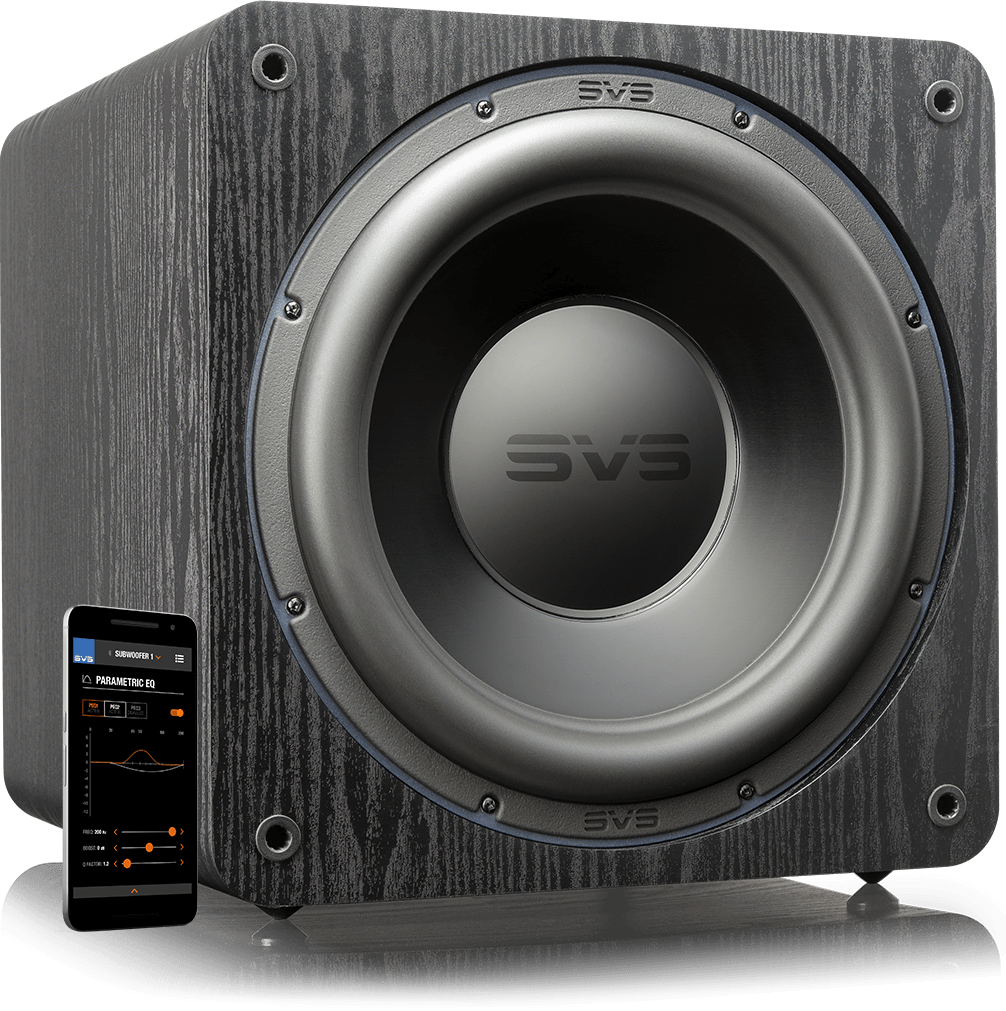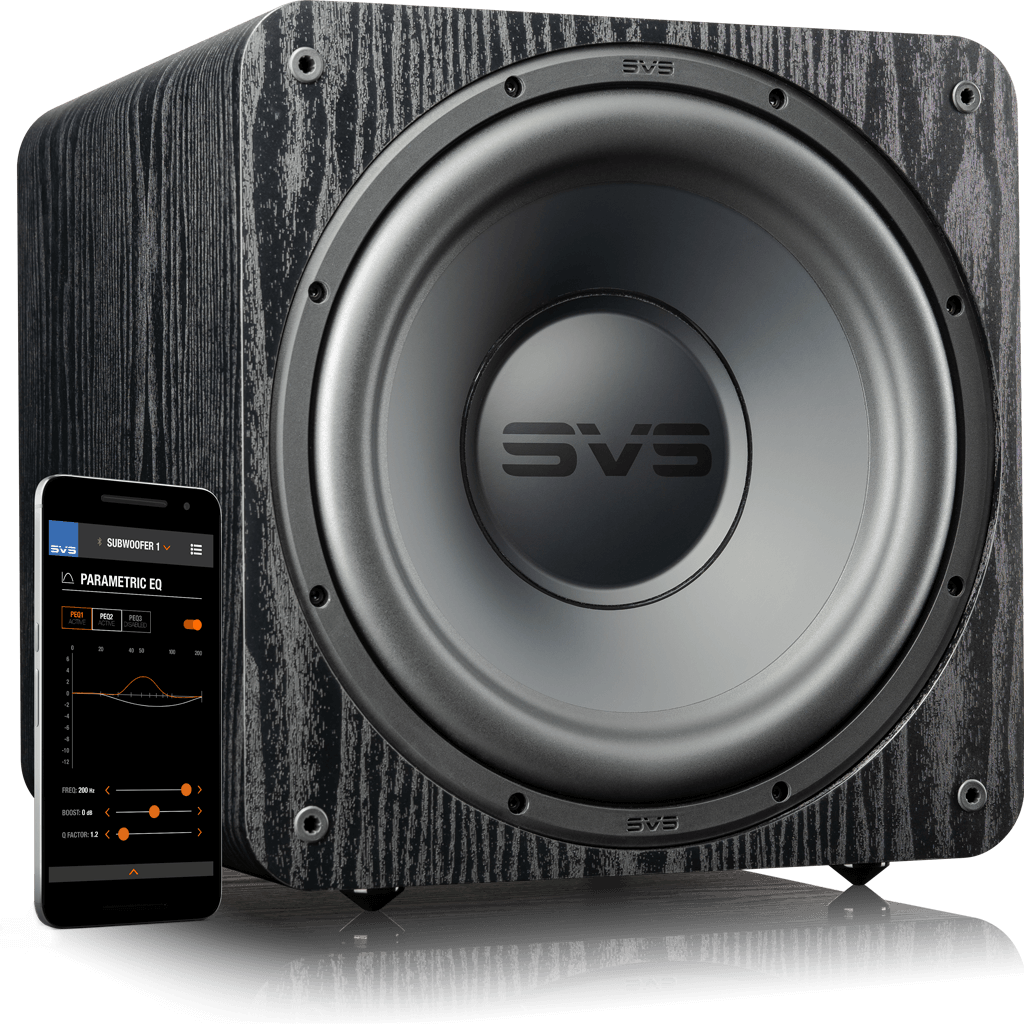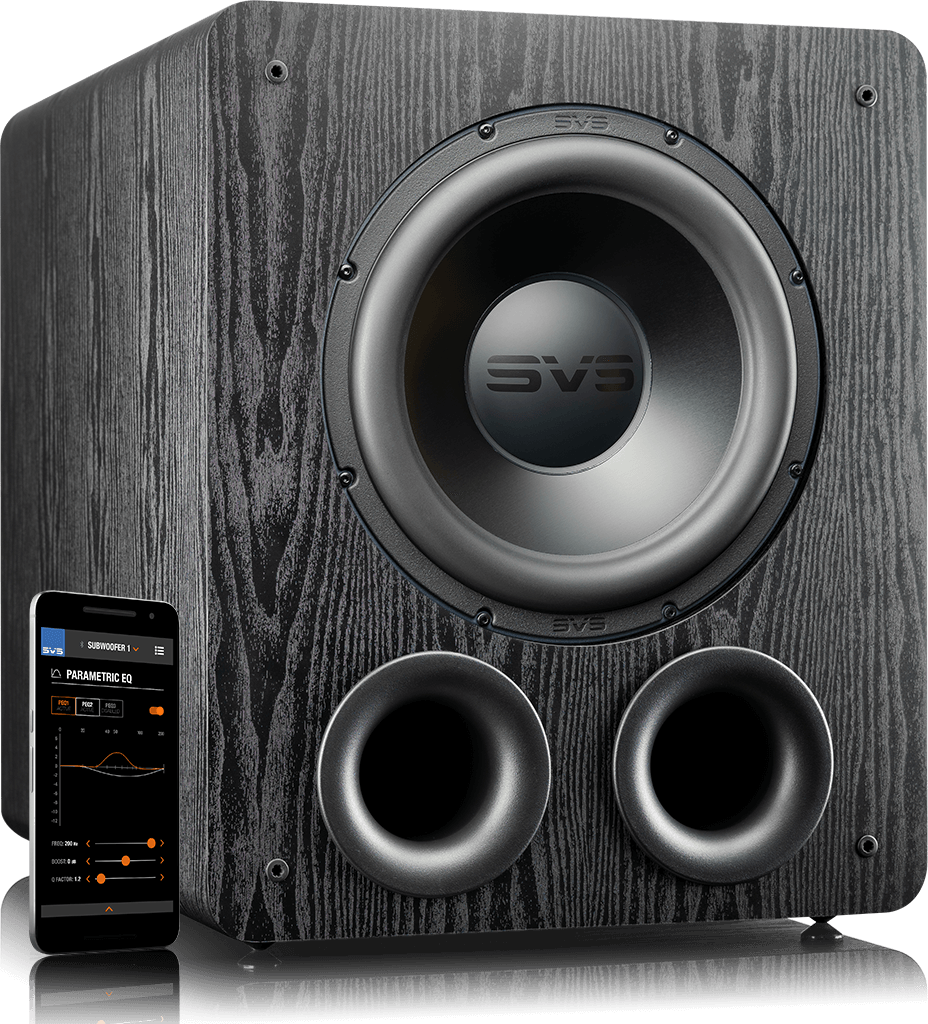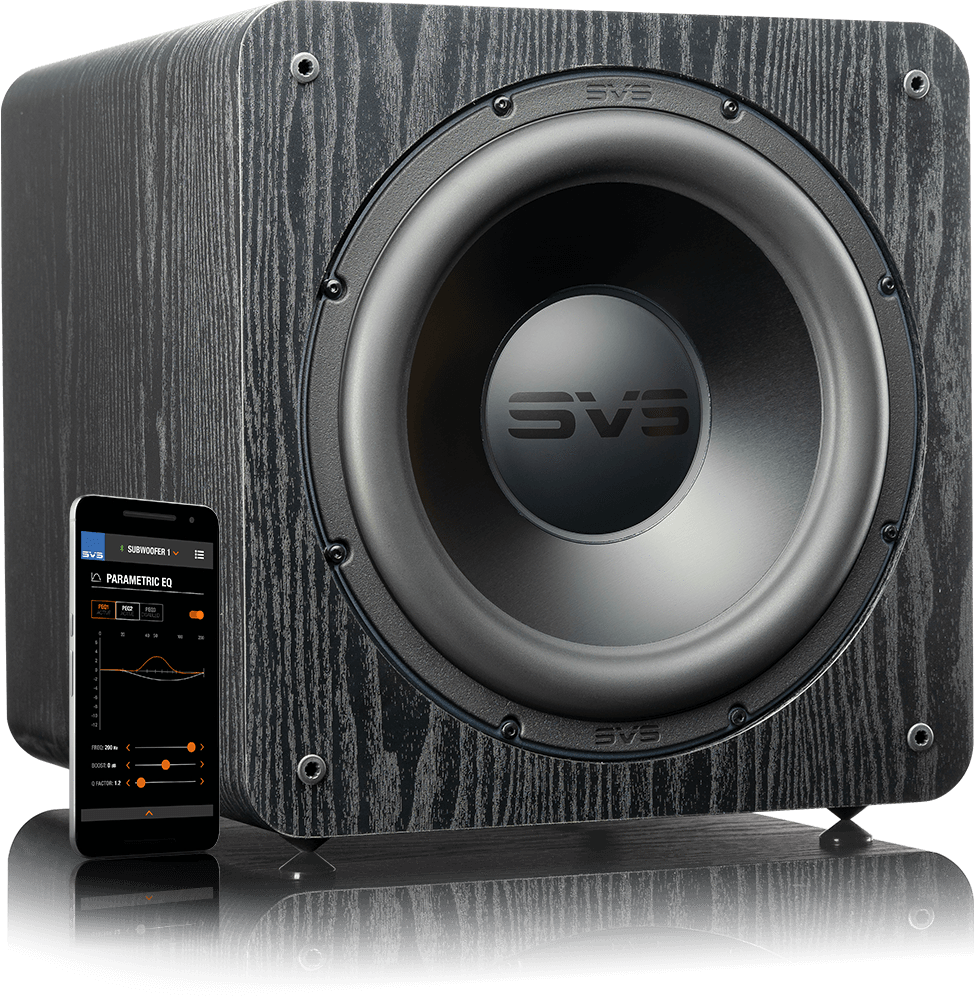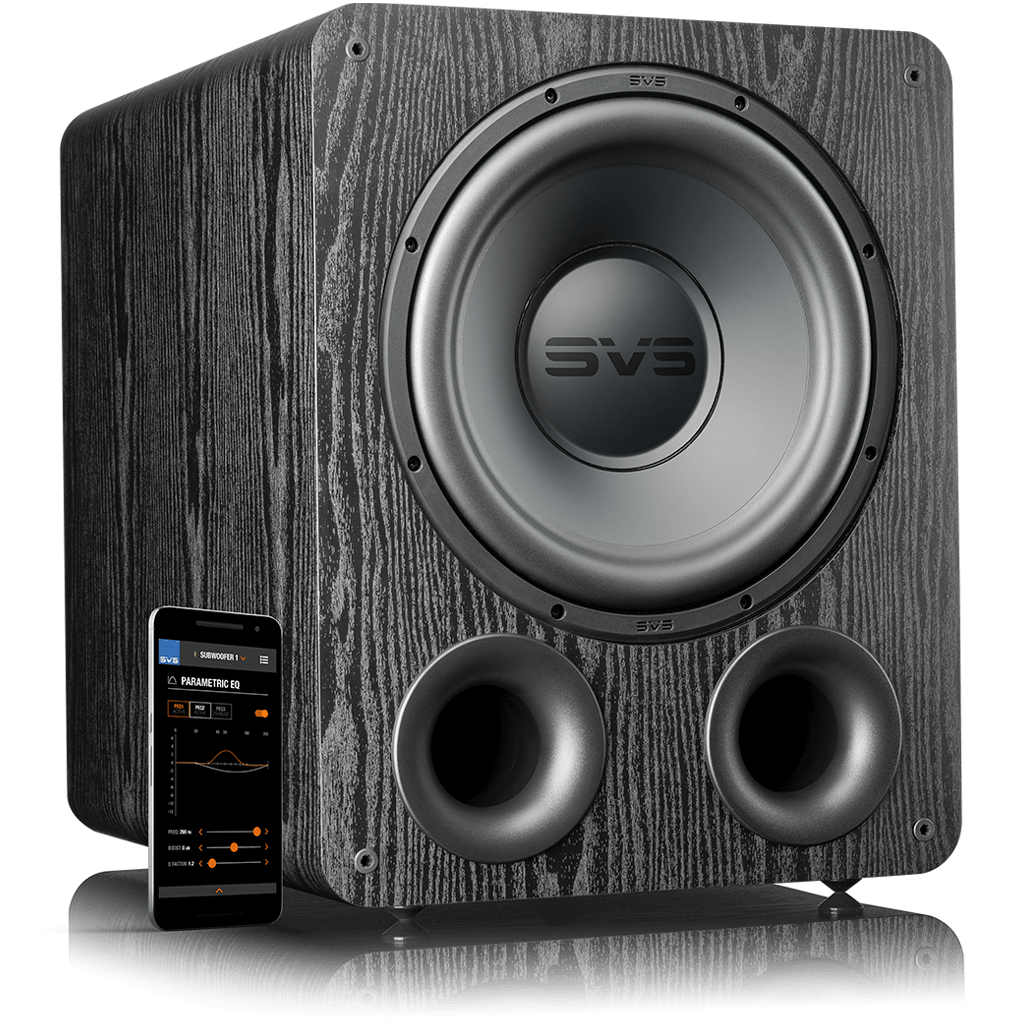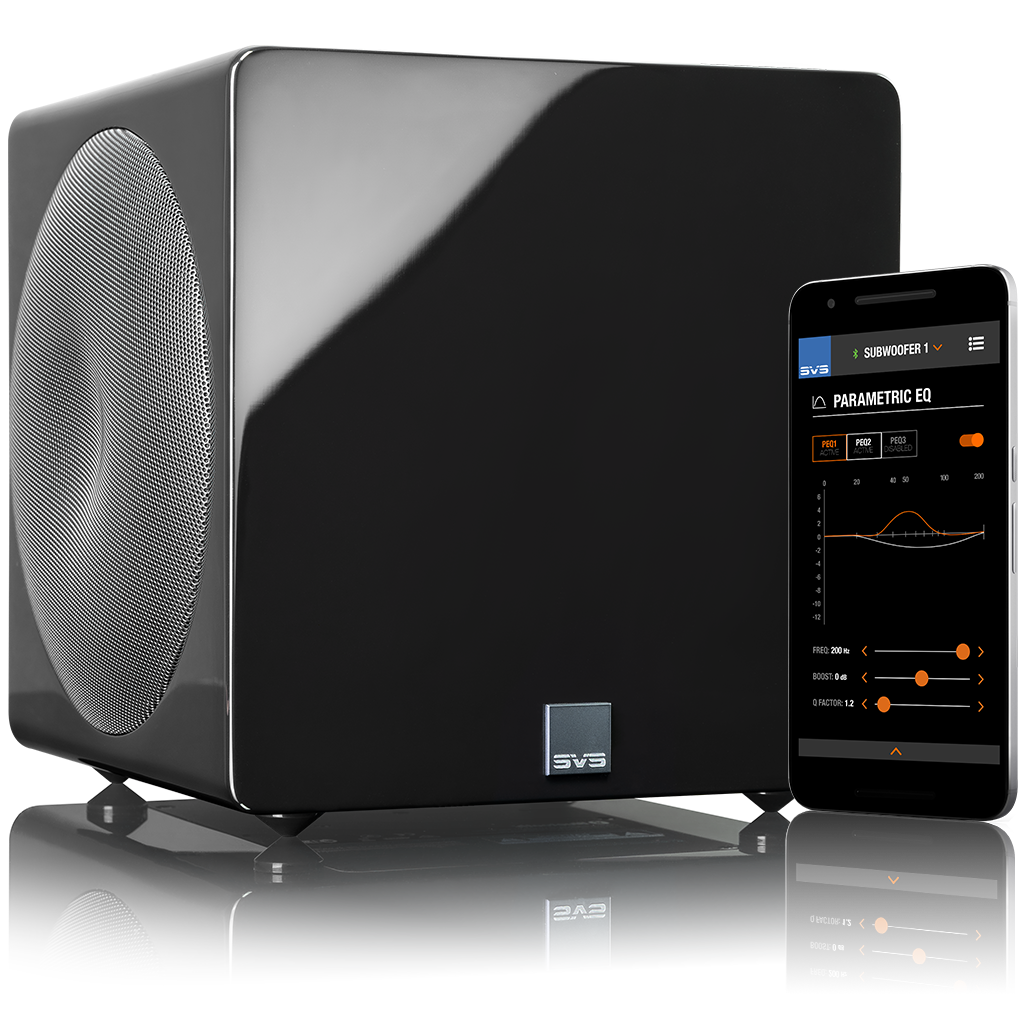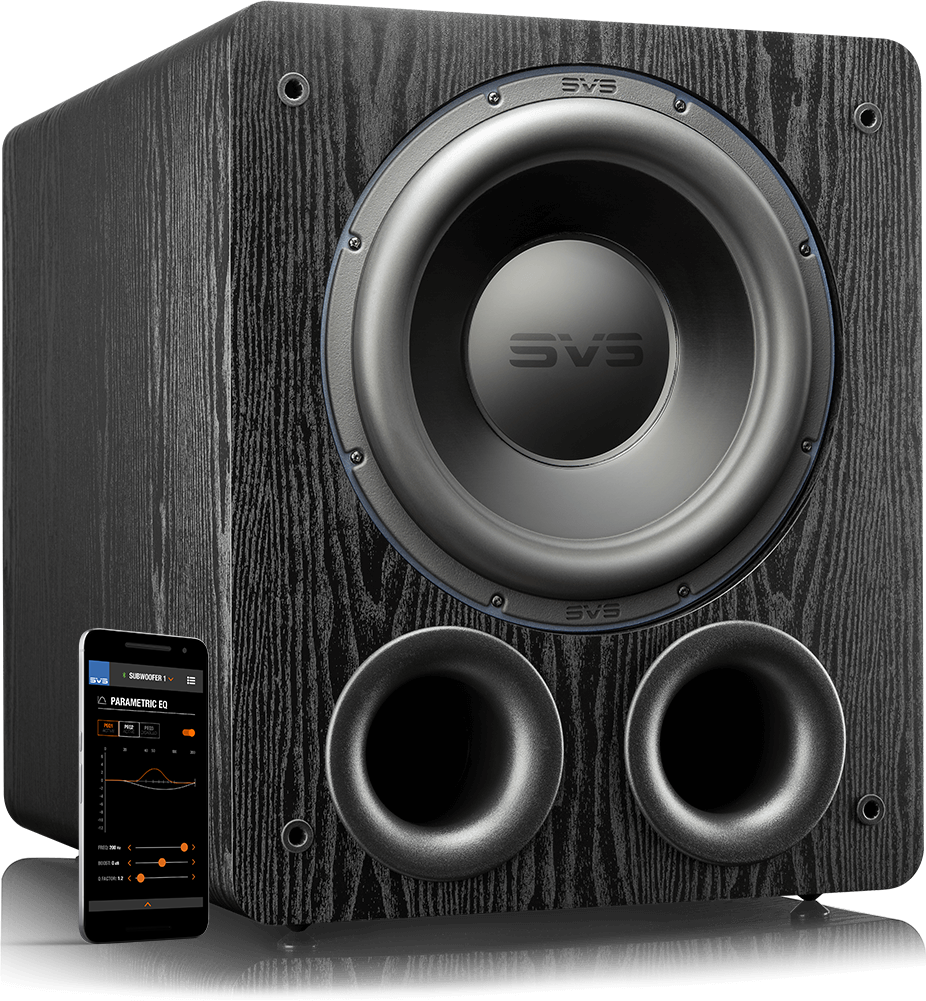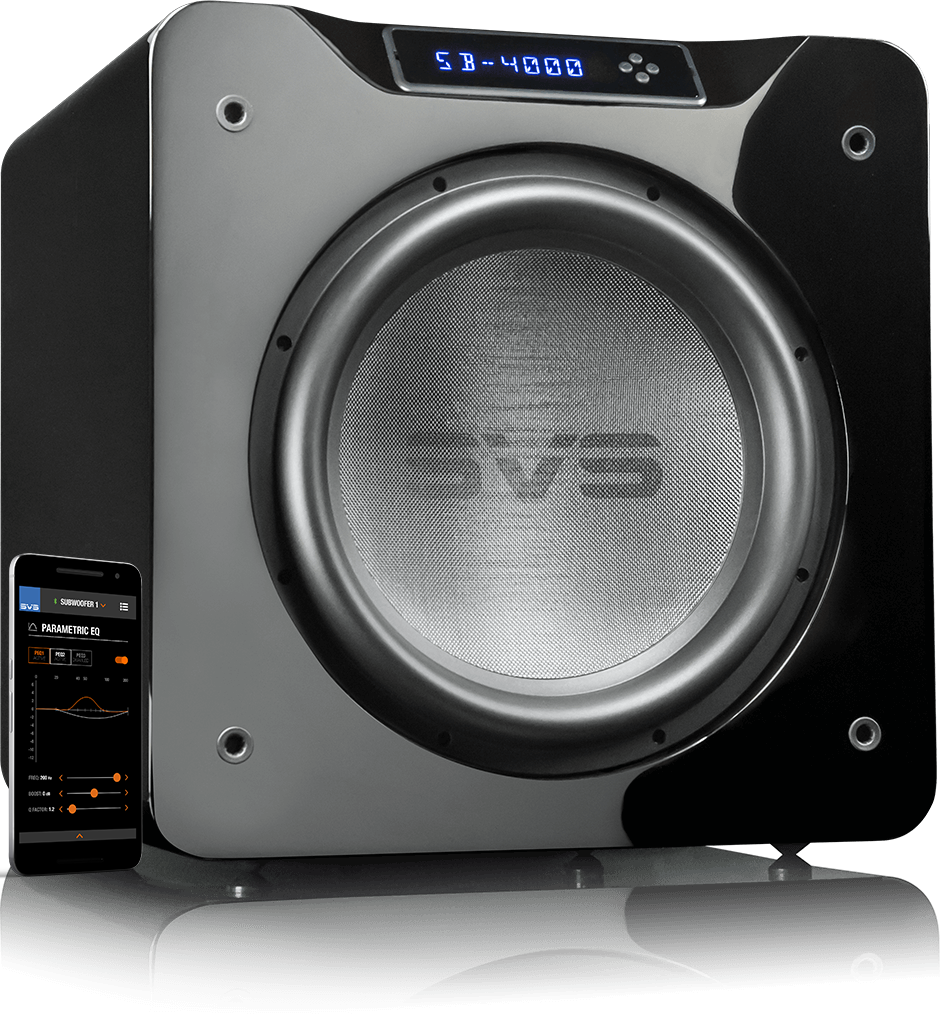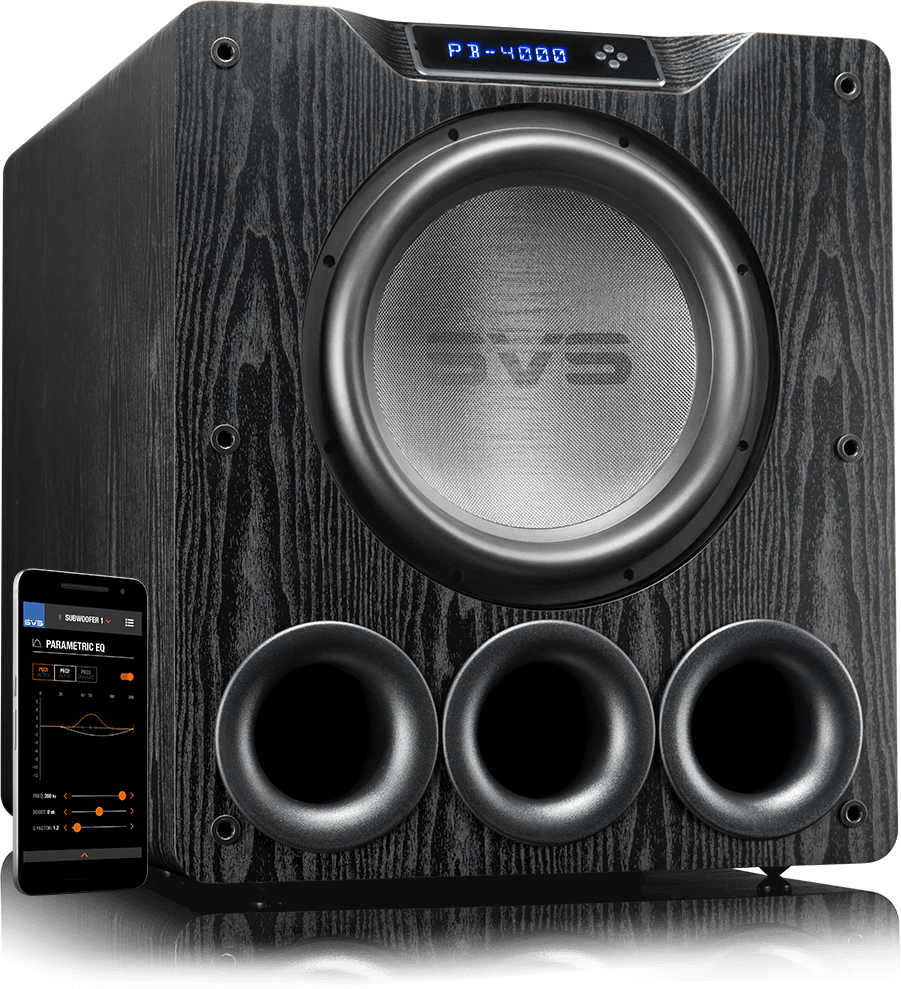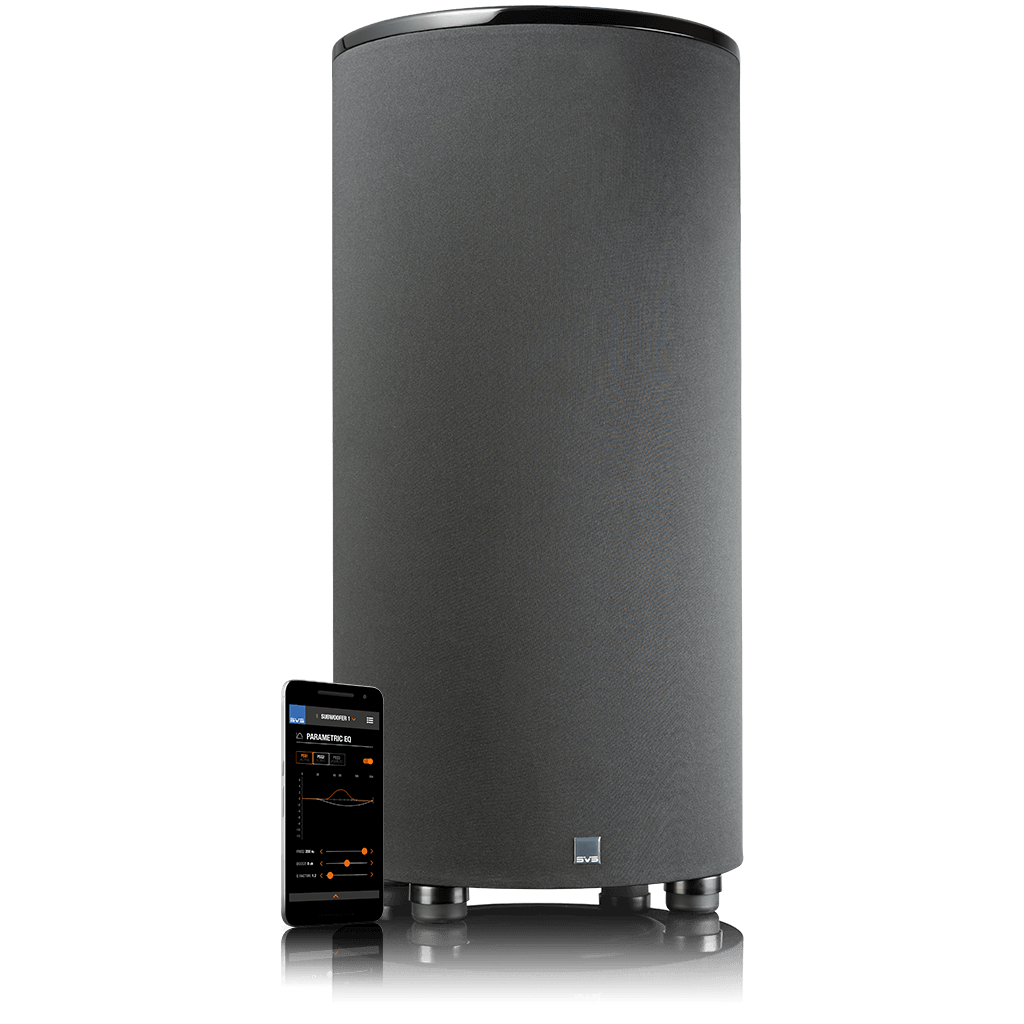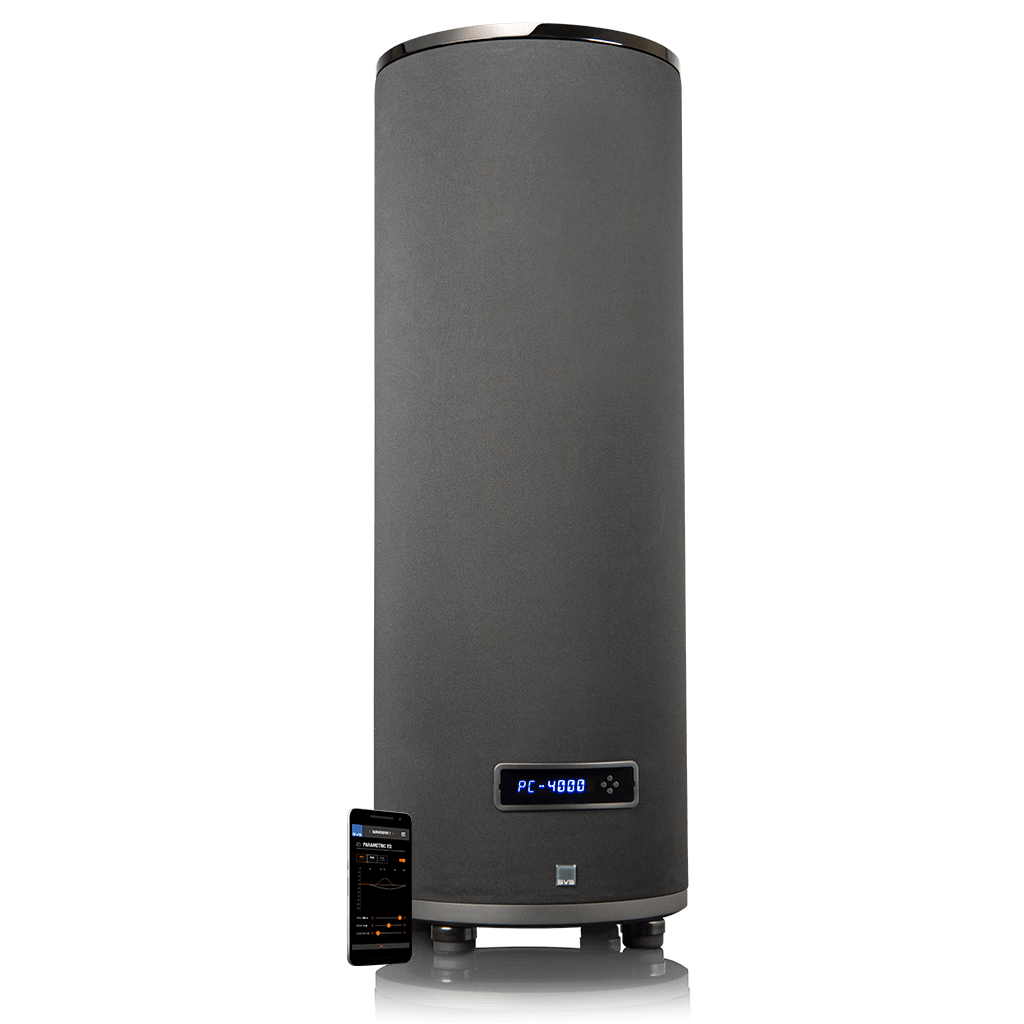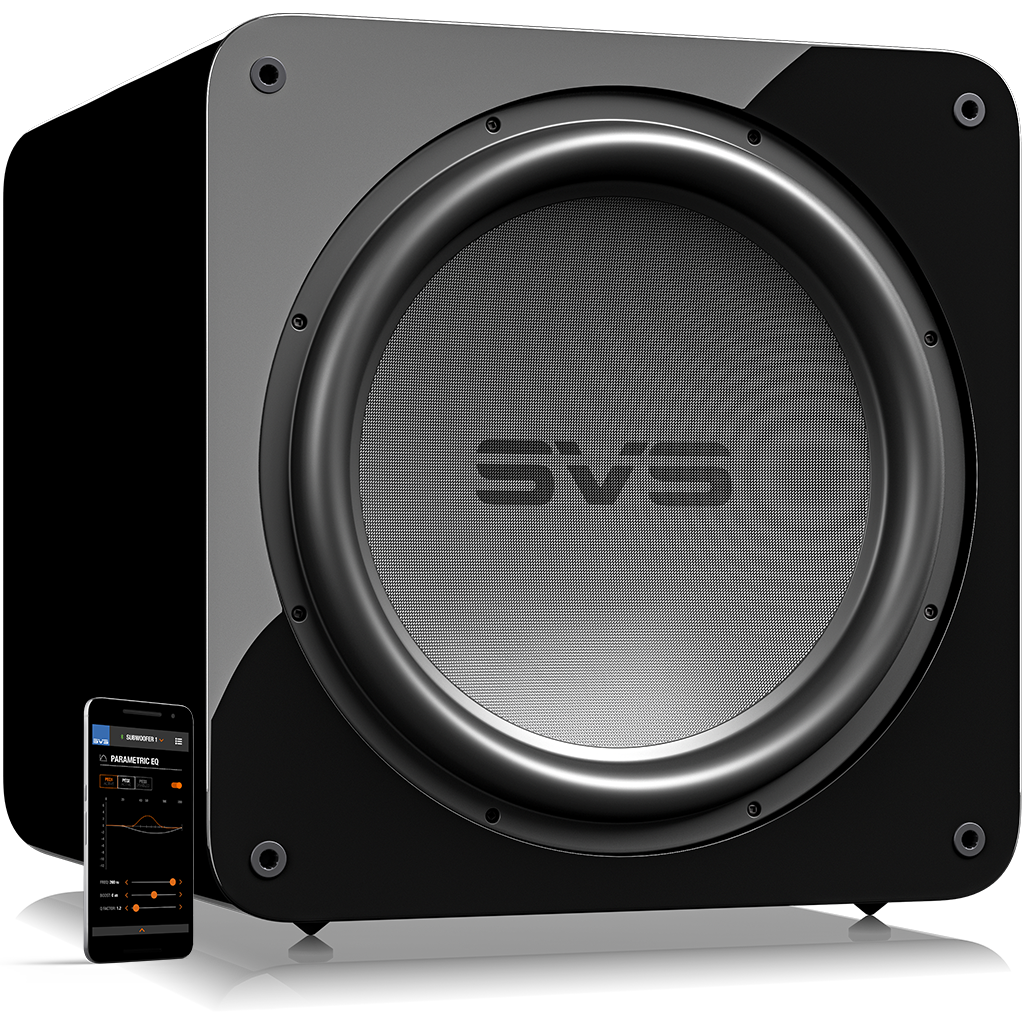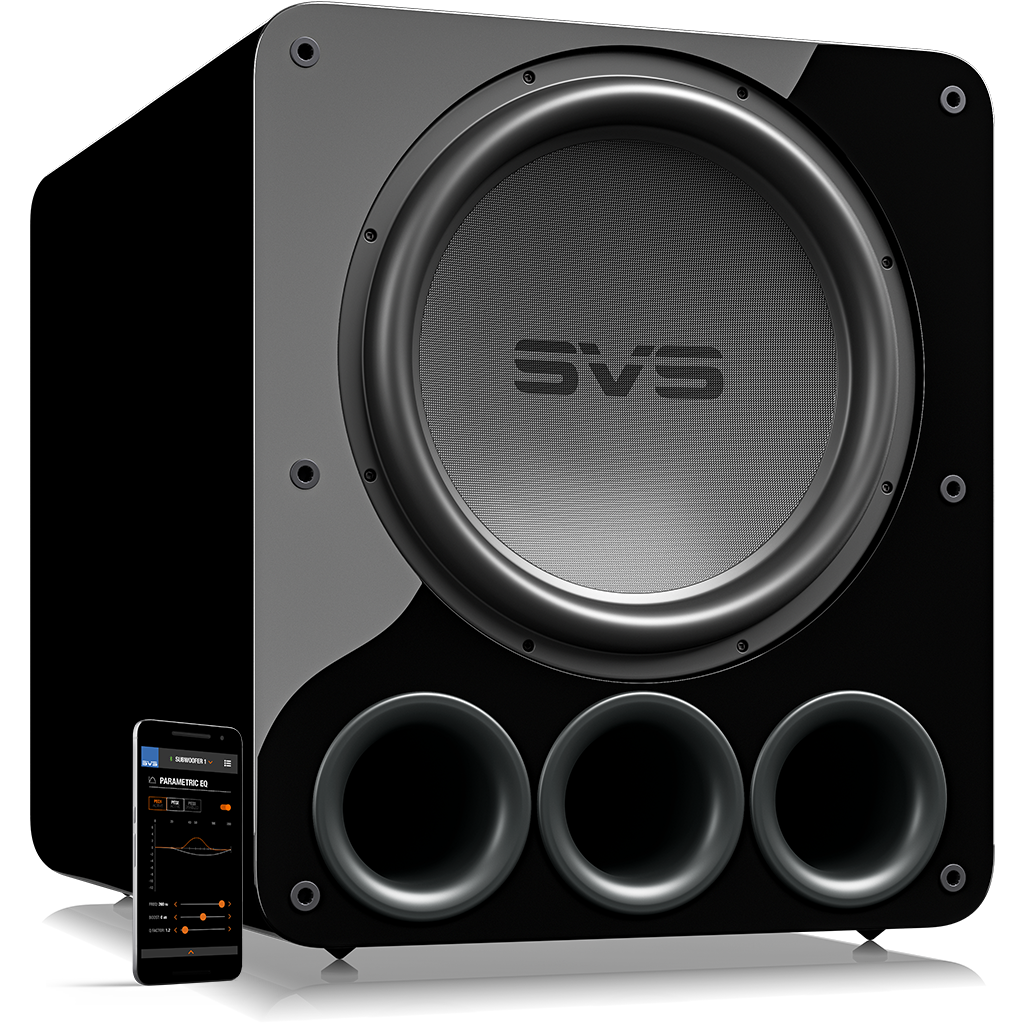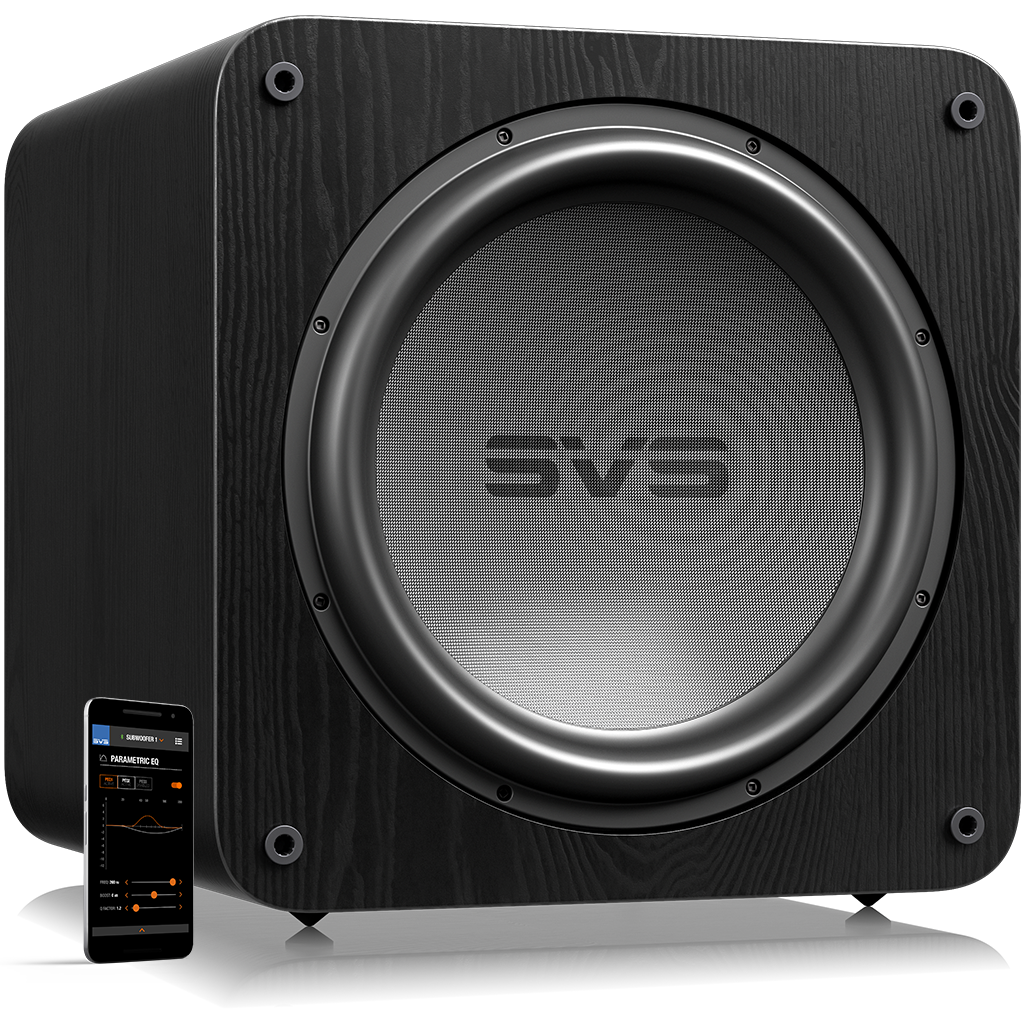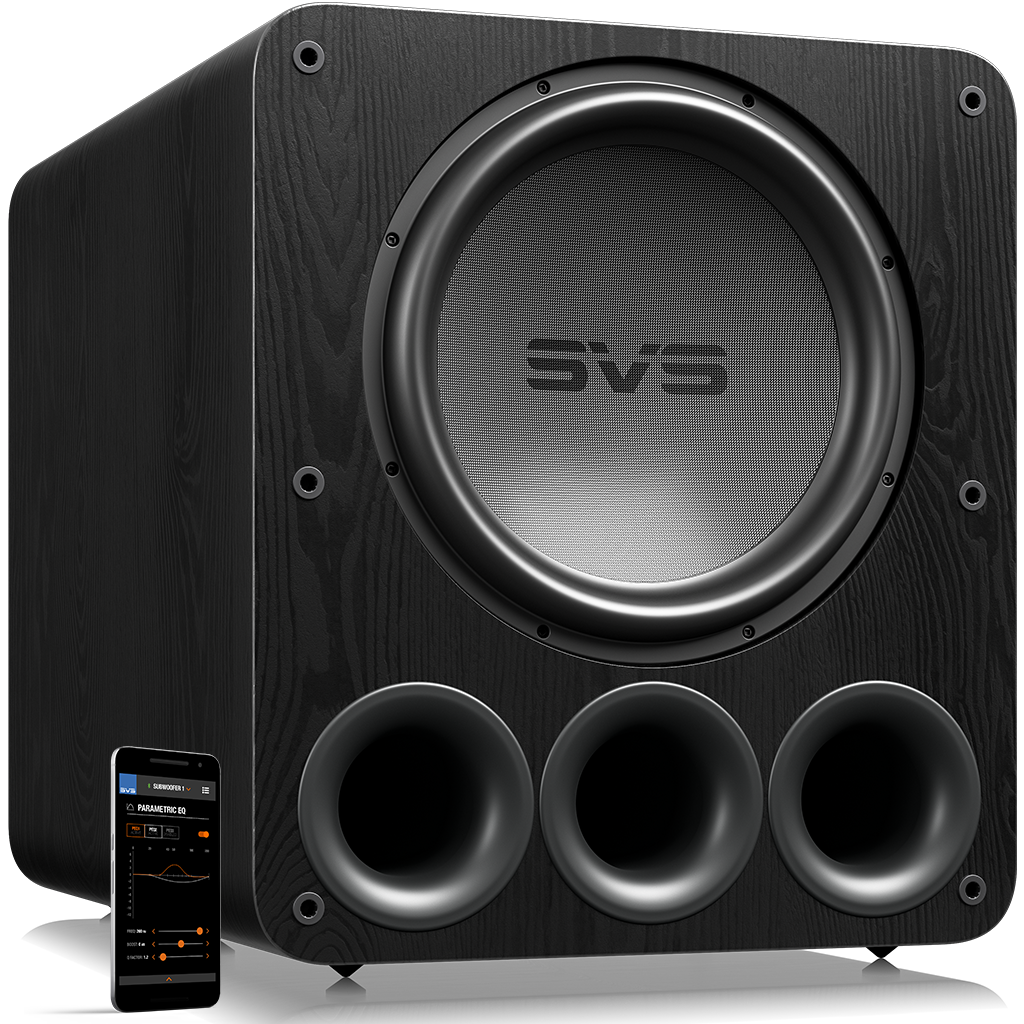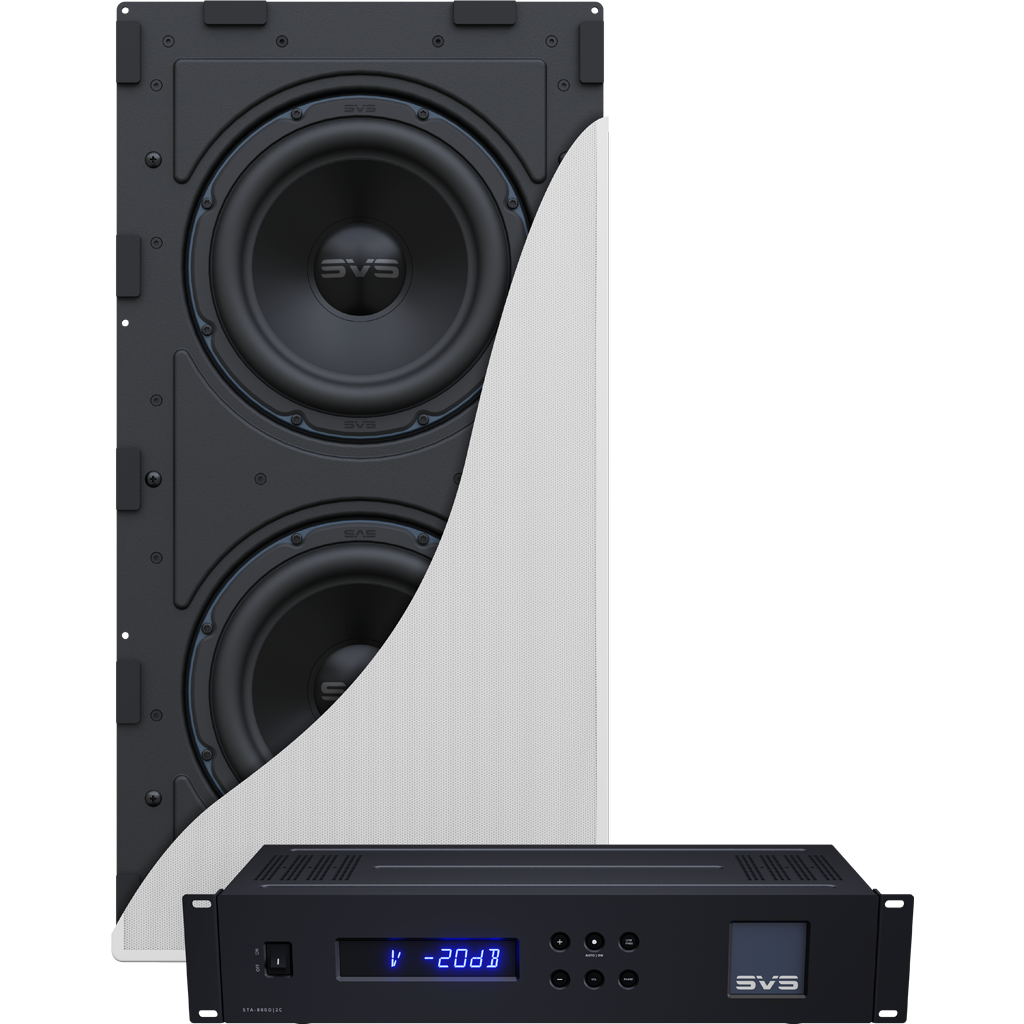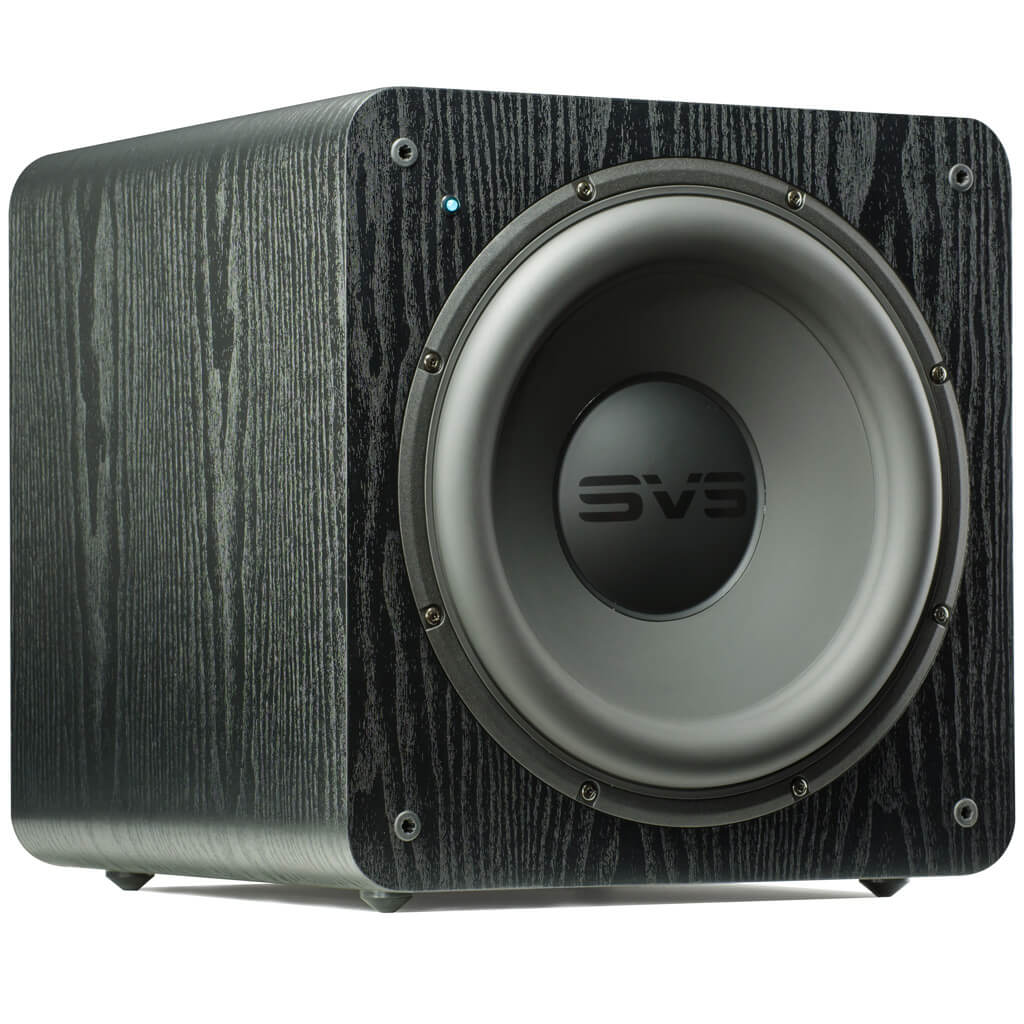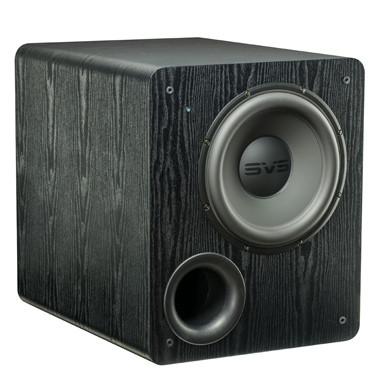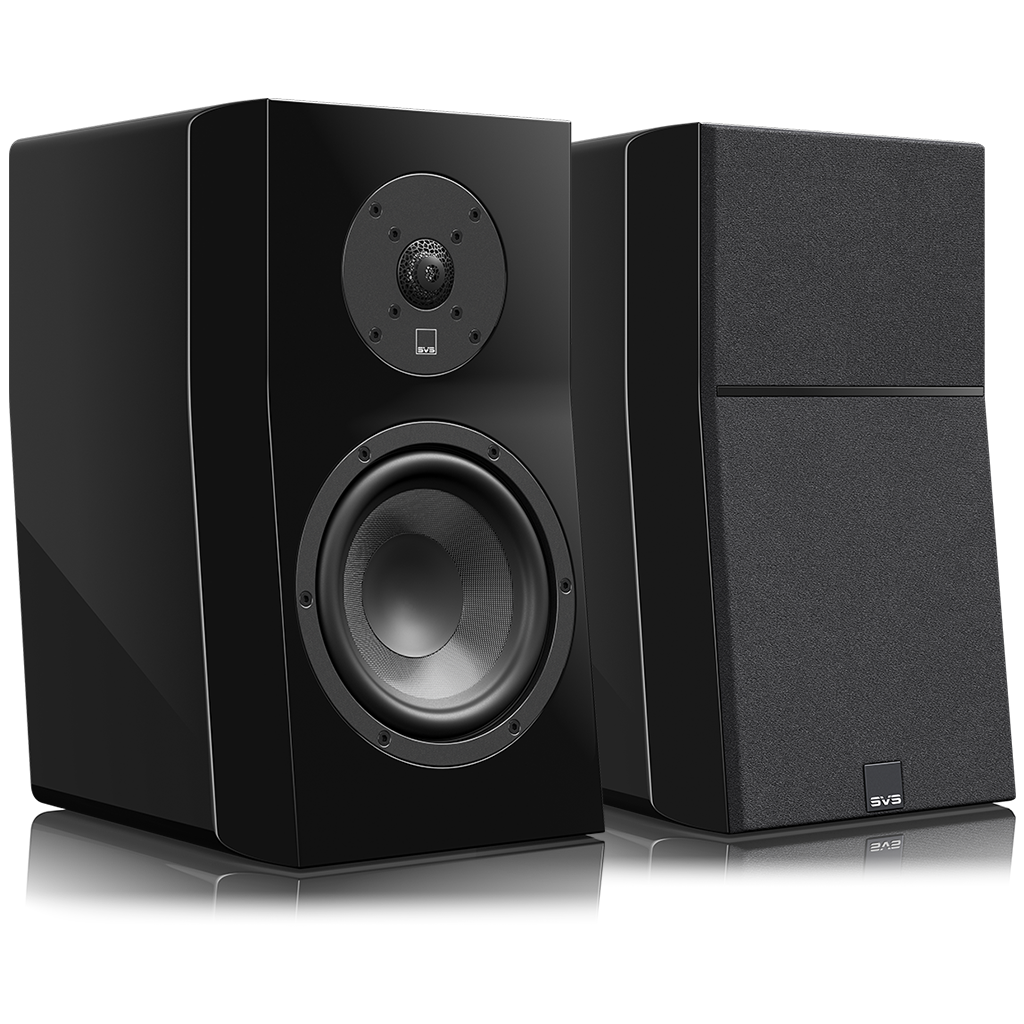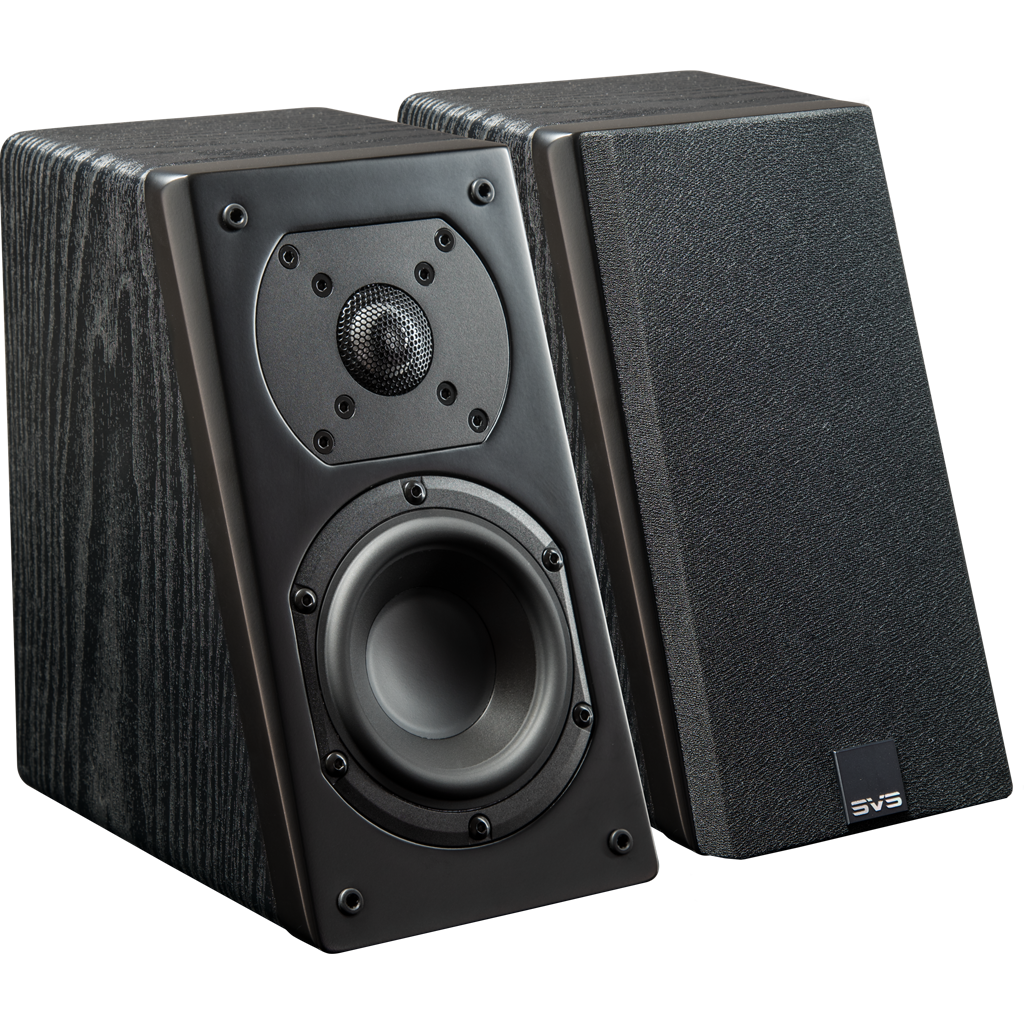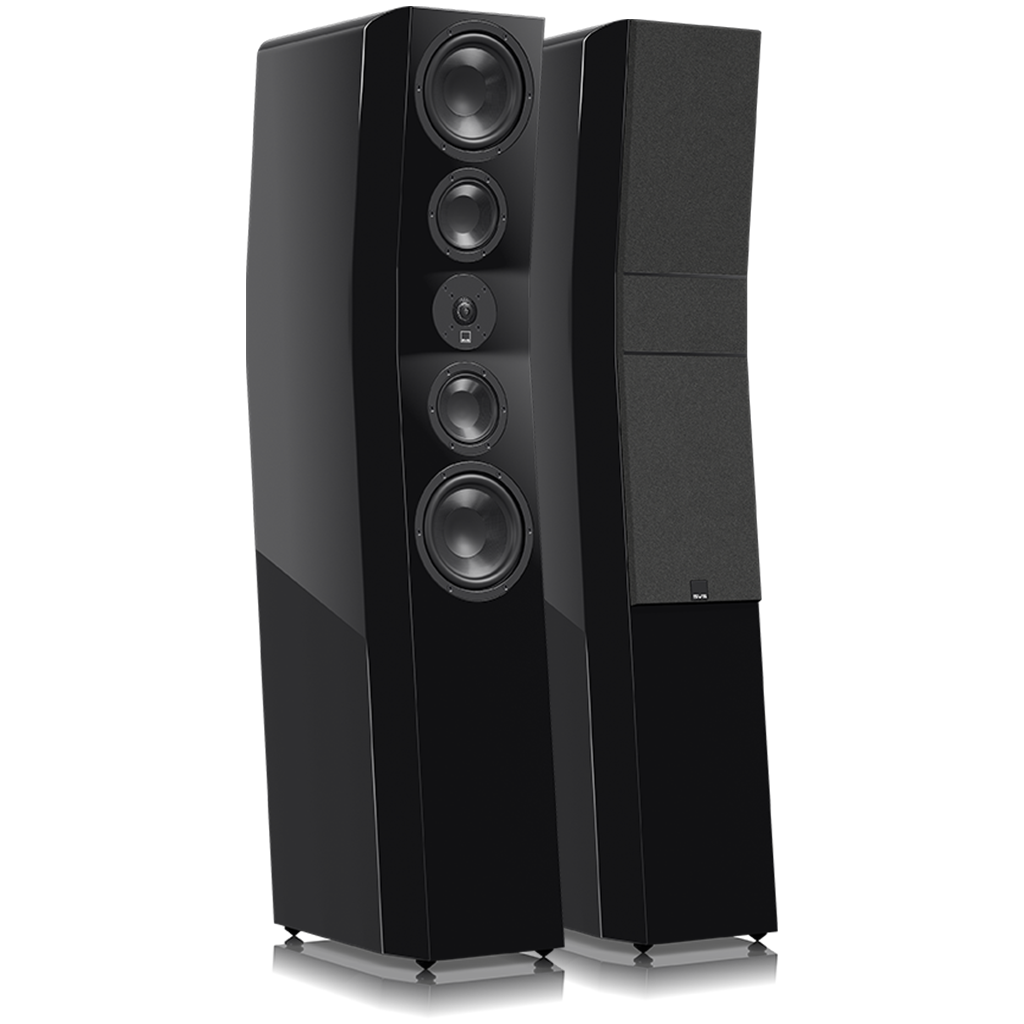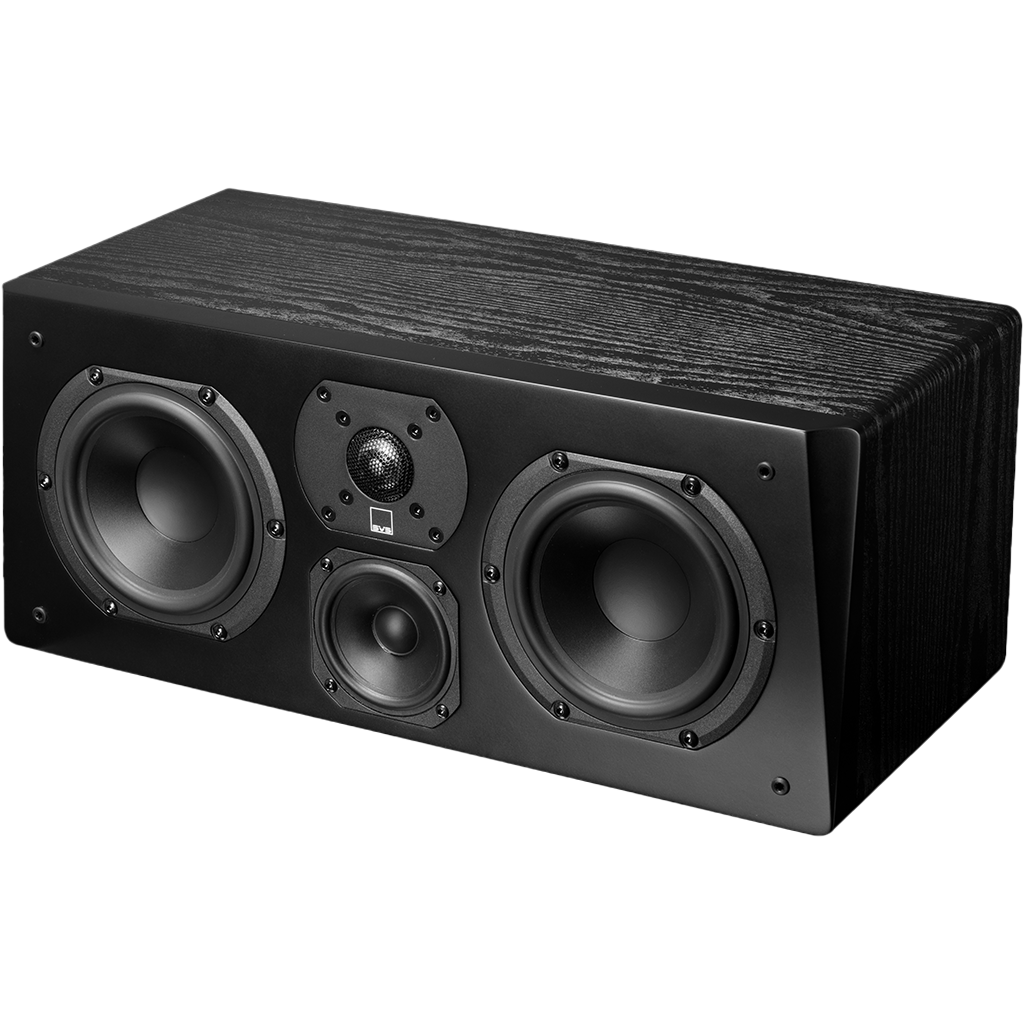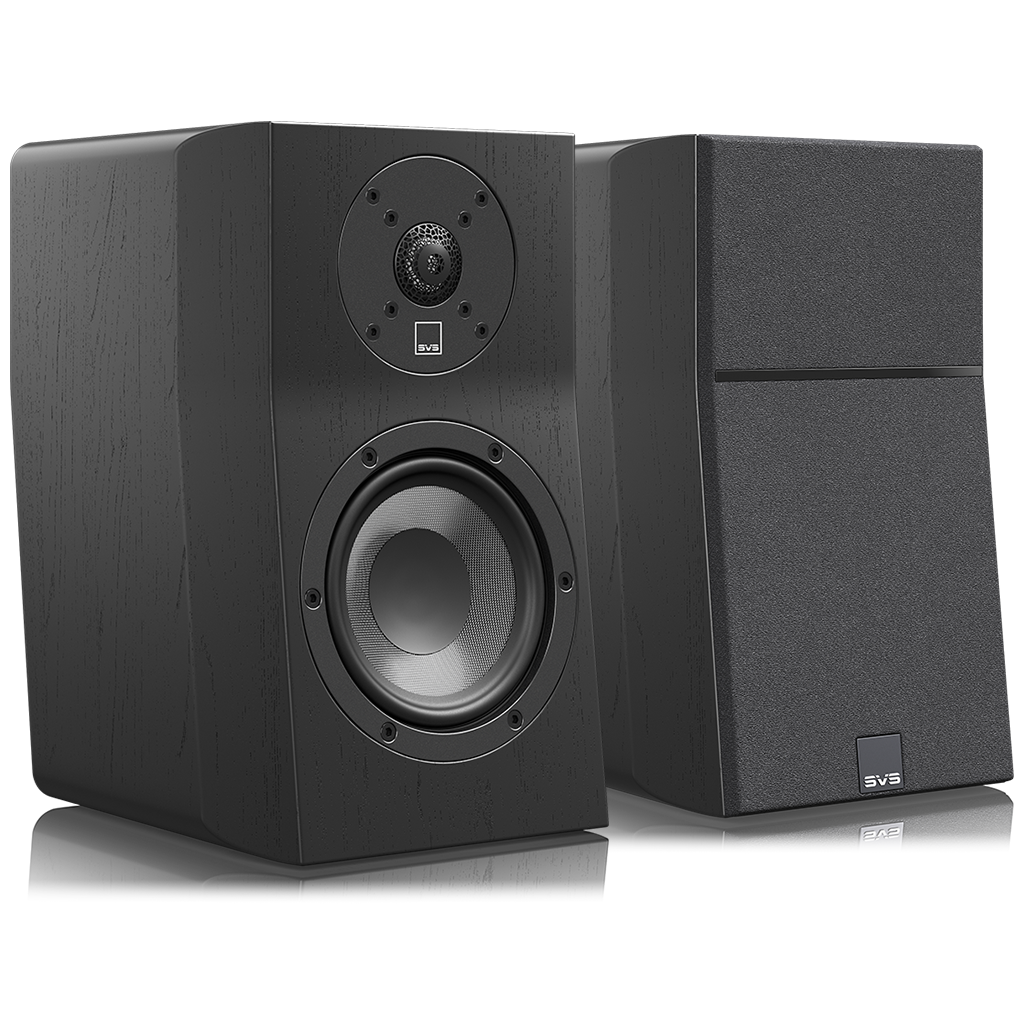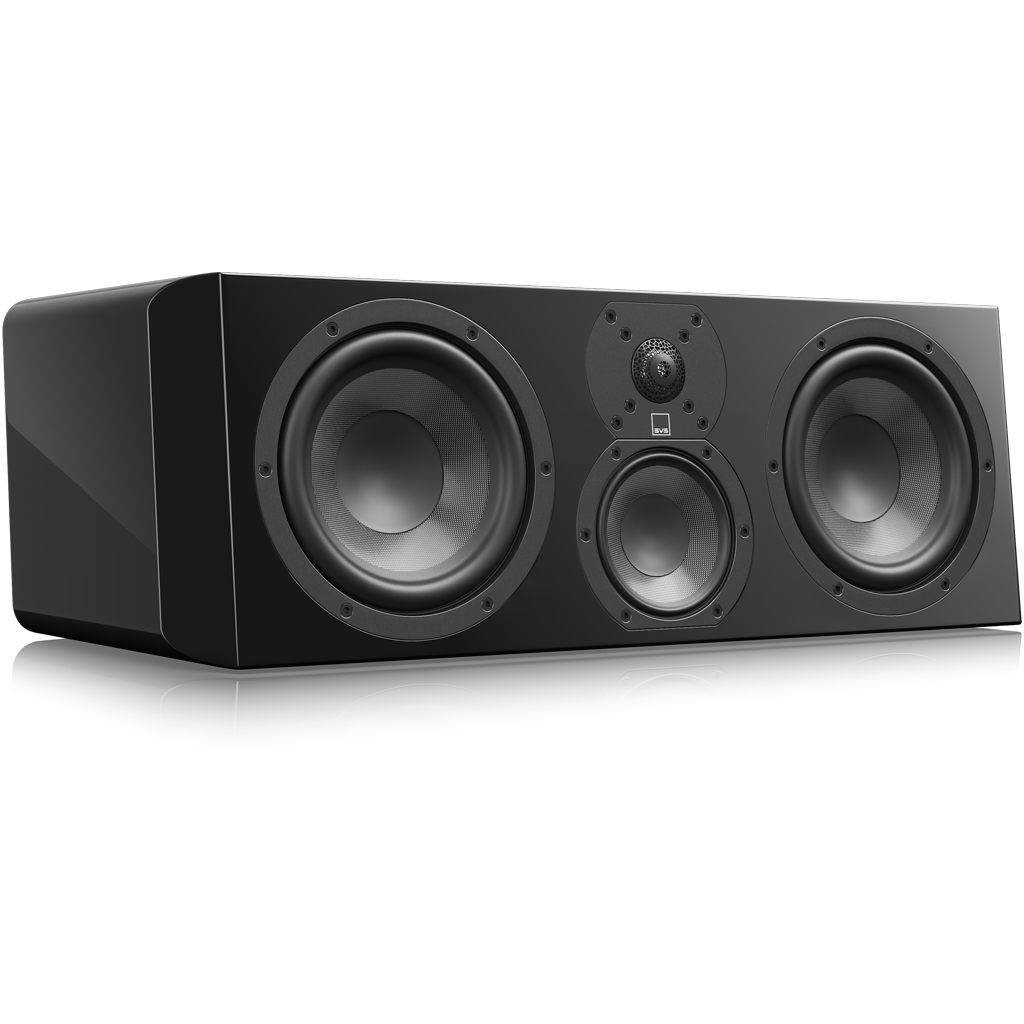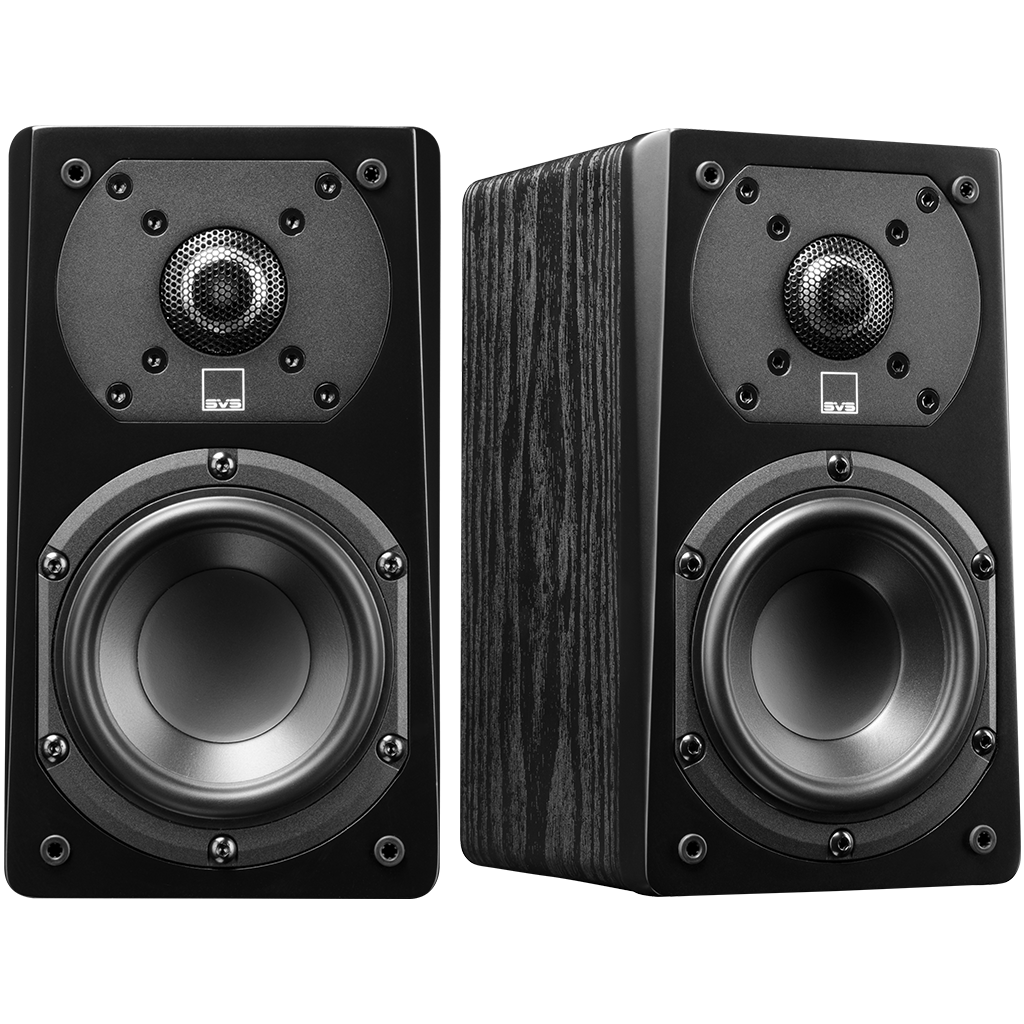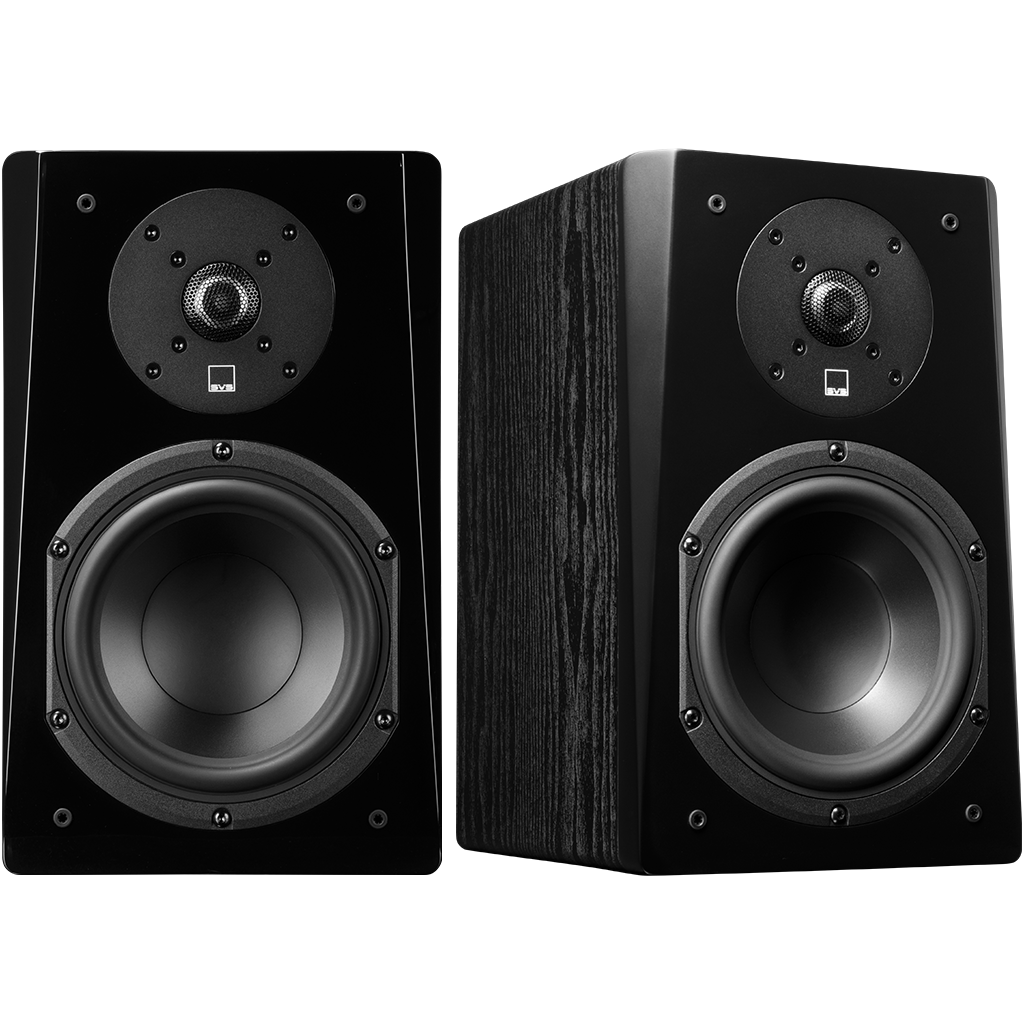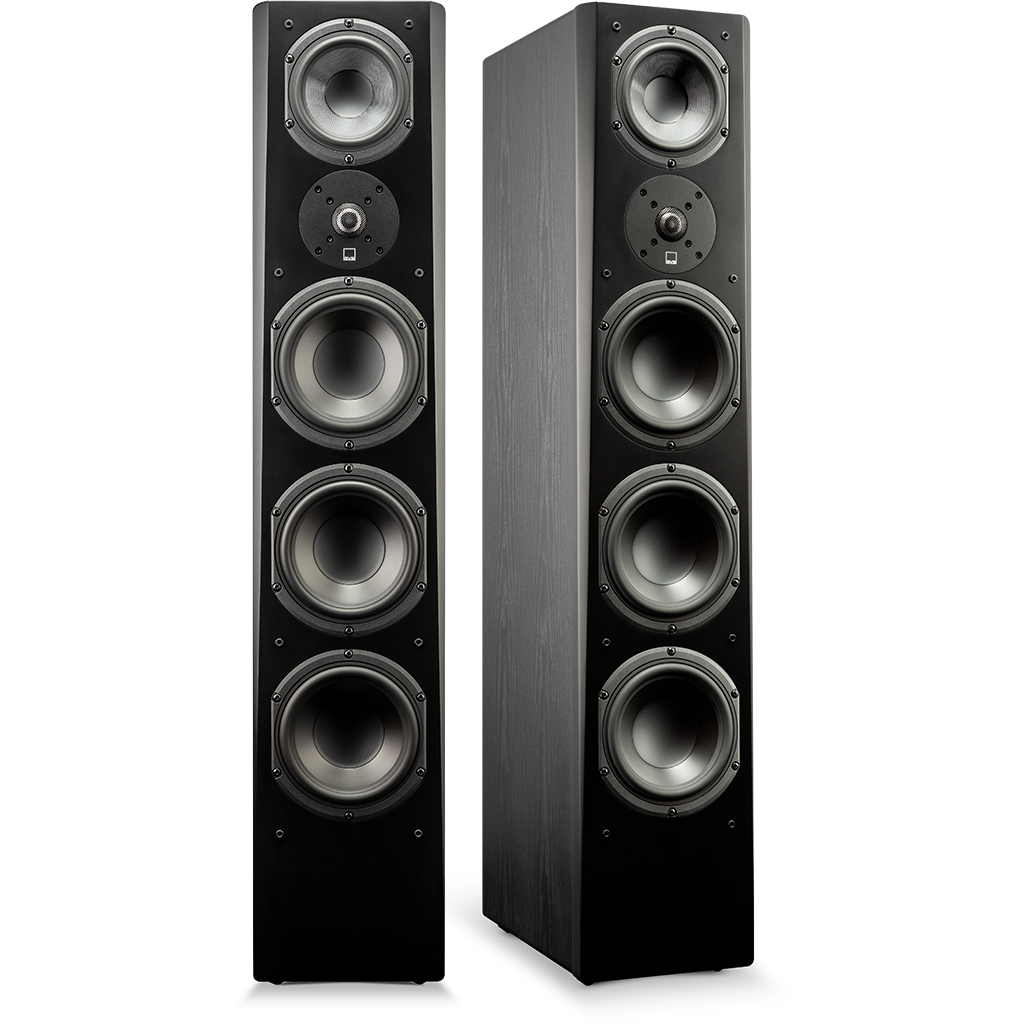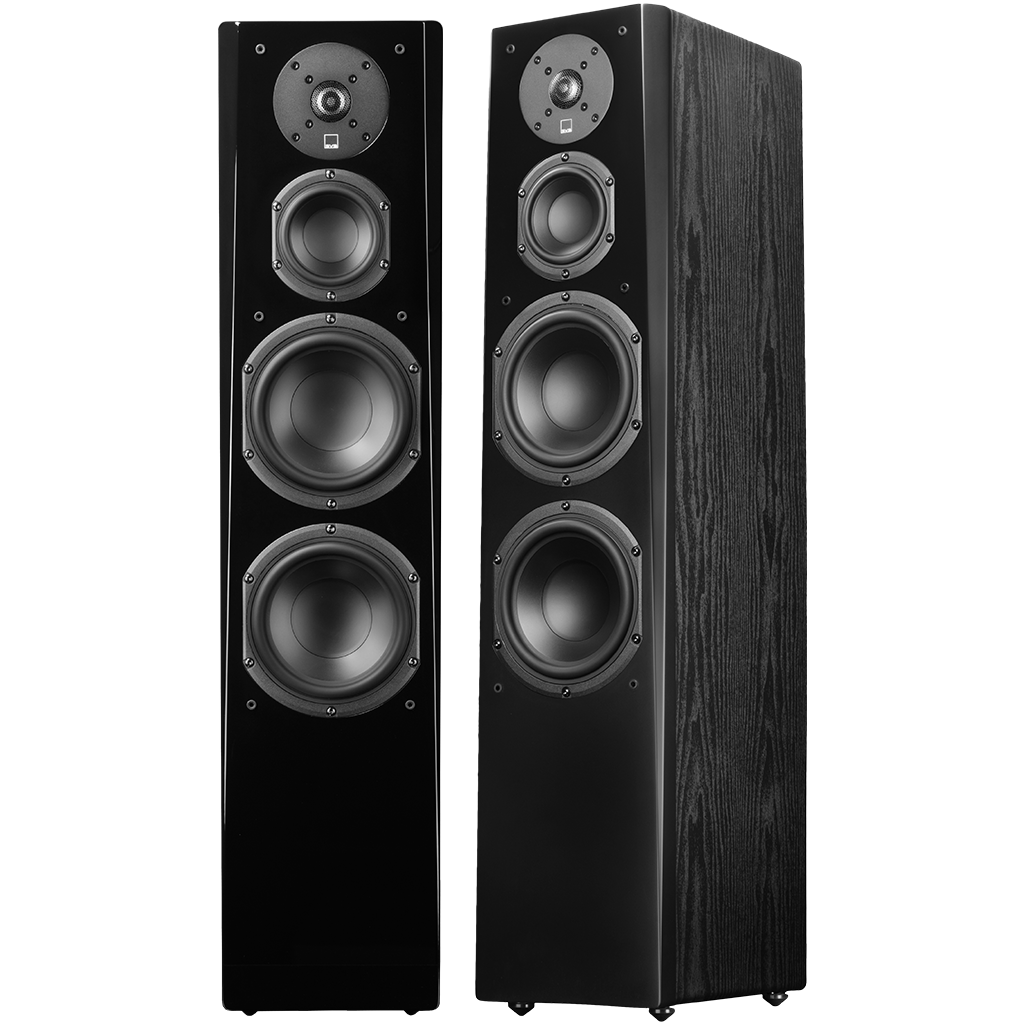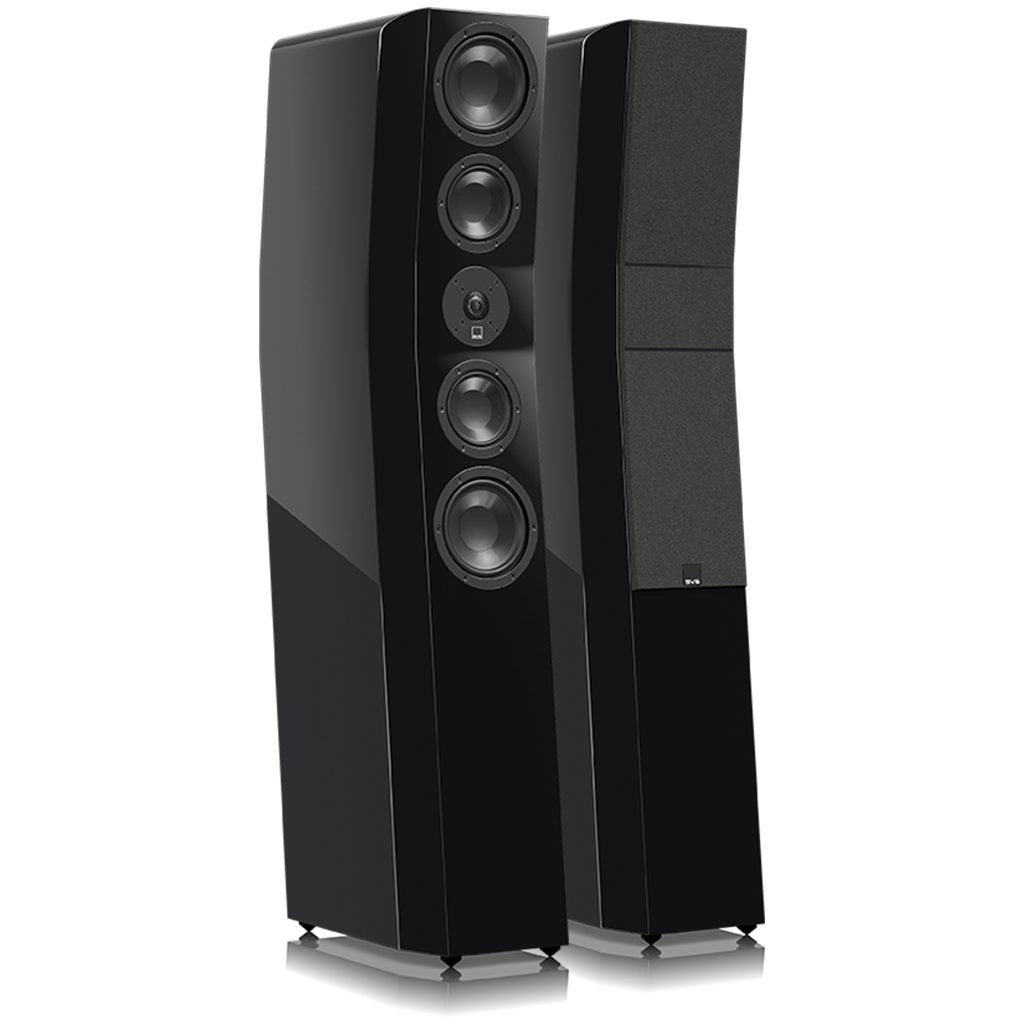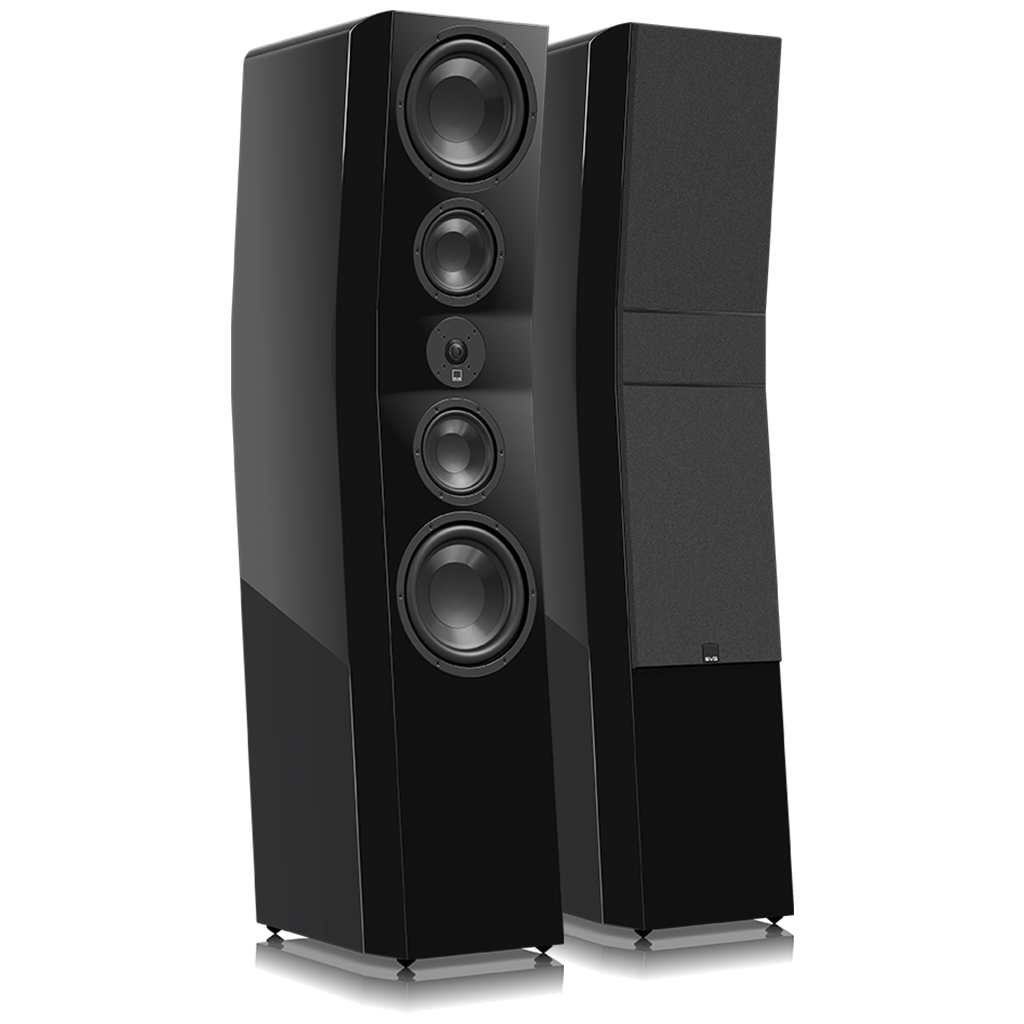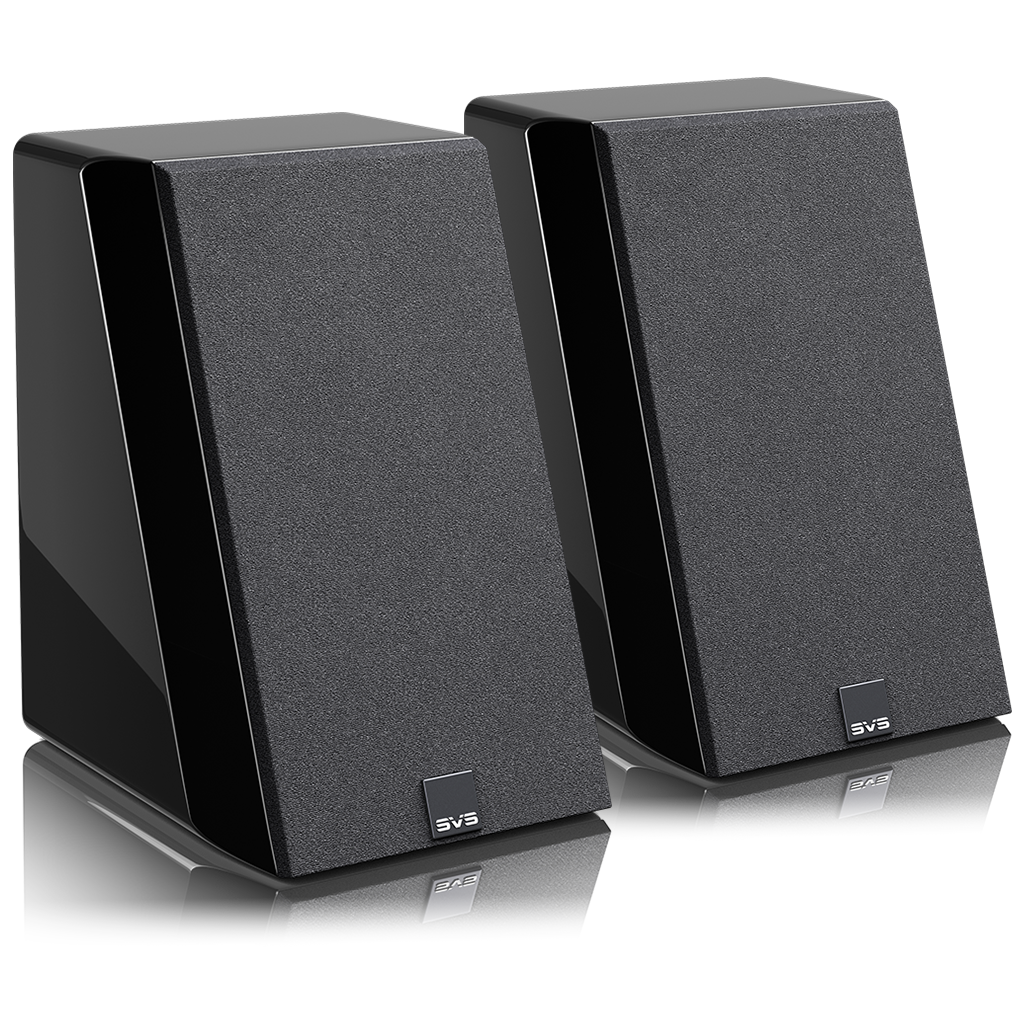Why 3-Way Center Channel Speakers Reign Supreme for Surround Sound
What is a Center channel speaker?
A center channel speaker is a crucial part of any home theater setup, as it is responsible for producing the majority of dialogue and other important sound effects happening directly in front of you onscreen. A good center channel speaker provides clear, accurate sound that is easy to understand, at both high and low volumes.
Most center channel speakers are rectangular in shape with drivers arranged in a horizontal array to accommodate placement above or below a TV screen. Tower speakers and bookshelf speakers can also be used but their cabinet design is not always conducive when a big screen is involved.
Regardless of the speaker type, a center speaker sounds best when the tweeters are at ear level, and aligned with the tweeters of the front left and right speakers in a surround sound system.
What is a 2-way center channel speaker?
A 2-way center channel speaker uses a tweeter and two mid-bass drivers to produce the full range of high, middle, and low frequencies. The tweeter is situated between two mid-bass drivers with a single crossover blending the output from each.

What is a 3-way center channel speaker?
A 3-way center channel speaker uses three types of drivers to produce sound; a tweeter, a dedicated mid-range driver, and a pair of woofers. The tweeter is generally situated above the mid-range driver with two or more woofers flanking them on either side, and separate crossovers for each. Because most sound exists in the midrange, a 3-way center speaker has a distinct advantage over a 2-way design with its dedicated driver.
Are 3-way speakers better than 2-way?

In general, yes. But it’s important to note that not every 3-way center speaker will outperform every 2-way design. Voicing, acoustic engineering, crossover design and other factors play a role in the overall sound quality. There are two main advantages of a 3-way center speaker design.
Reduced lobing for bigger sweet spot
Those most noticeable benefit of a 3-way center channel is a reduction in 'lobing' due to interference between the woofers in the mid-range. This interference worsens off-axis performance, or in other words, produces a narrower listening “sweet spot”. 3-way speakers produce a more diffuse sweet spot so you can enjoy optimal sound quality in wider listening area, which is especially important when there are multiple seating positions.
Improved accuracy and frequency response
3-way center channel speakers generally produce a wider range of frequencies and can handle higher volume playback more effectively without distorting. Because there are three separate drivers handling a specific bandwidth in the frequency spectrum (highs, mids and lows), they render full range sound with greater dynamic impact and tonal accuracy. This results in a more immersive and realistic audio experience.
It is worth noting that 3-way center channel speakers are generally taller than 2-way way designs because they have the tweeter and mid-range driver vertically aligned which requires more cabinet volume. If you have a tight fit for a dedicated center speaker, a 2-way design might work better.
What are Tips for Choosing the Best Center Channel Speaker?
When considering the best center channel speaker, it is important to look at the cabinet size to make sure you have enough space without blocking the screen. For performance, the rated frequency response, recommended amplifier power, and sensitivity of the speaker are relevant specs. Make sure the speaker is a good match for your AV receiver and the other speakers in your system.
It’s always best to pair a center channel with timbre-matched main and surround speakers so the sonic transitions across the front and rear stage are natural and seamless. If the speakers aren’t timbre-matched, it can have a distracting effect and take away from the realism.
If you’re just starting to research center channel speakers, here are some additional resources we have available.




